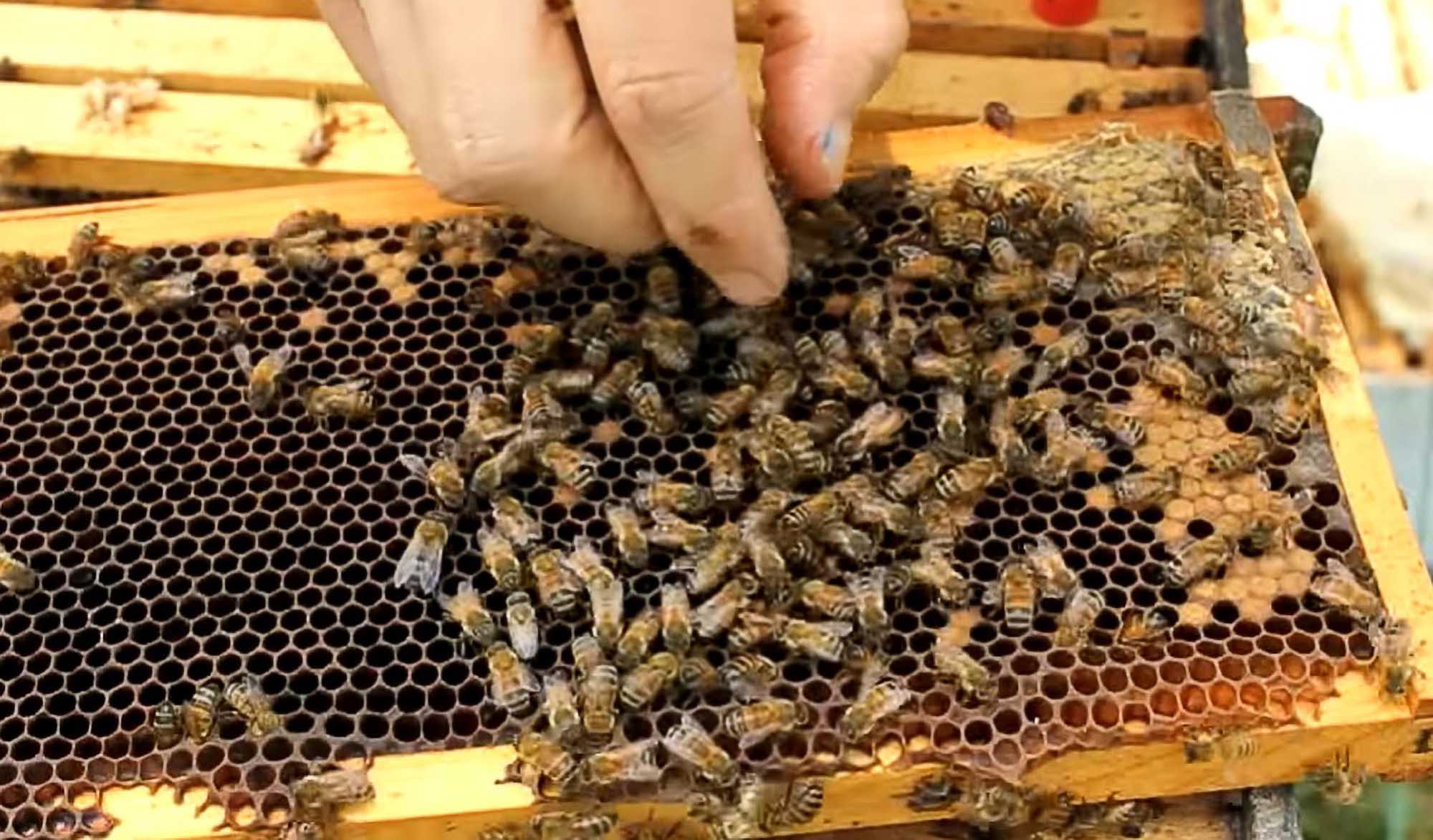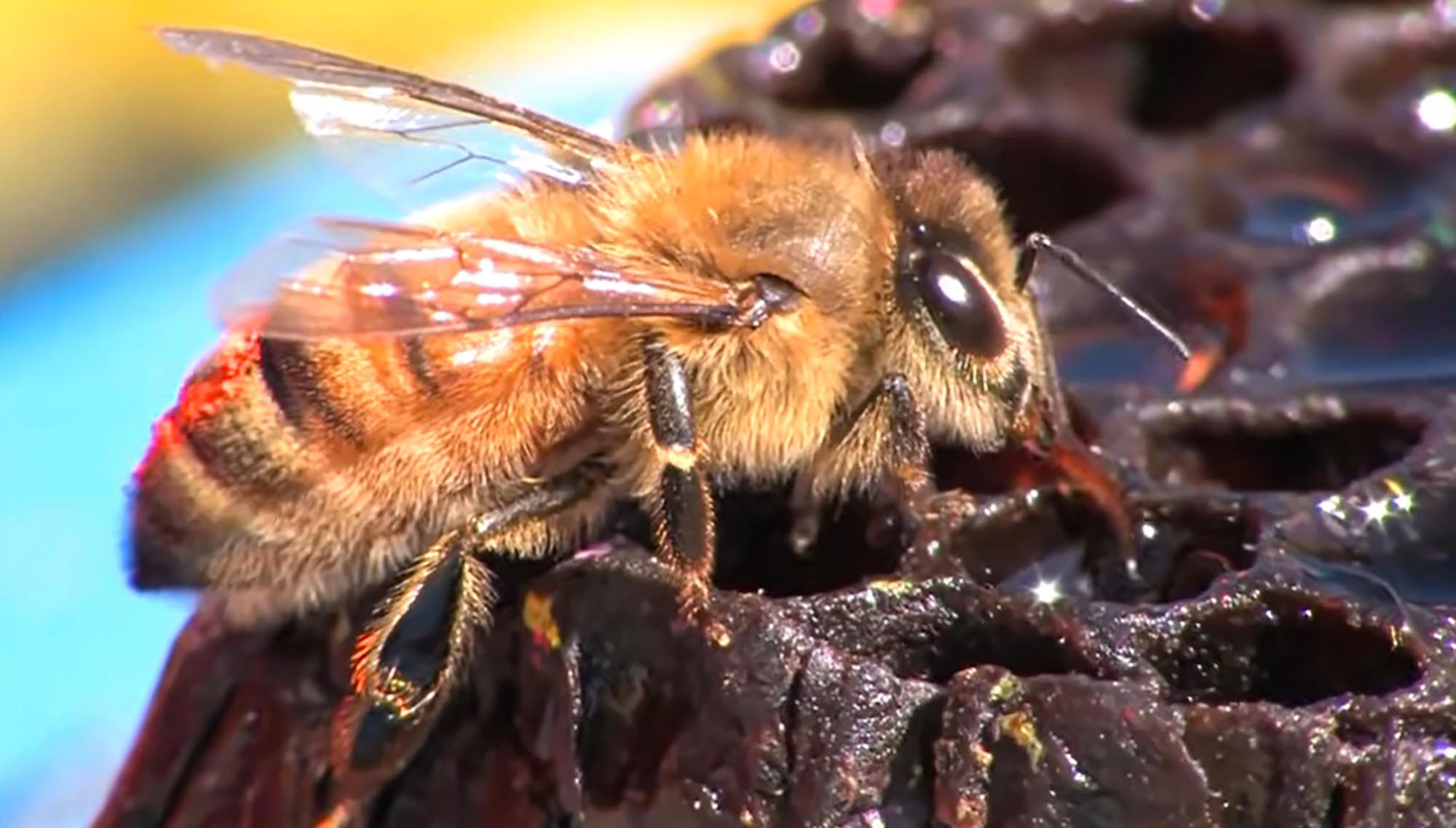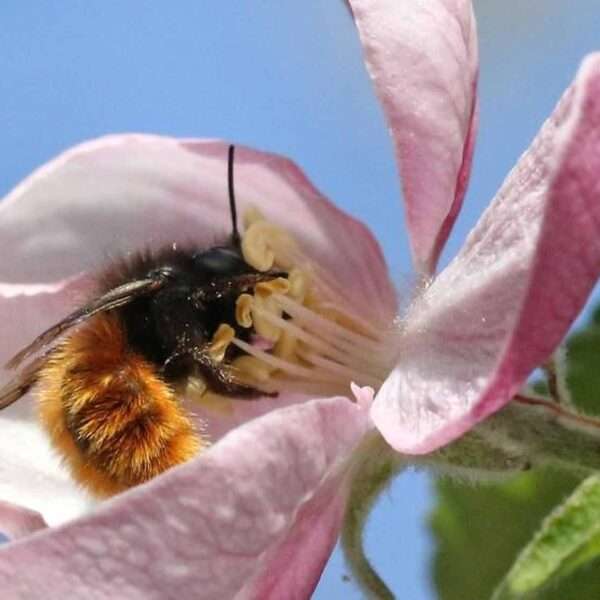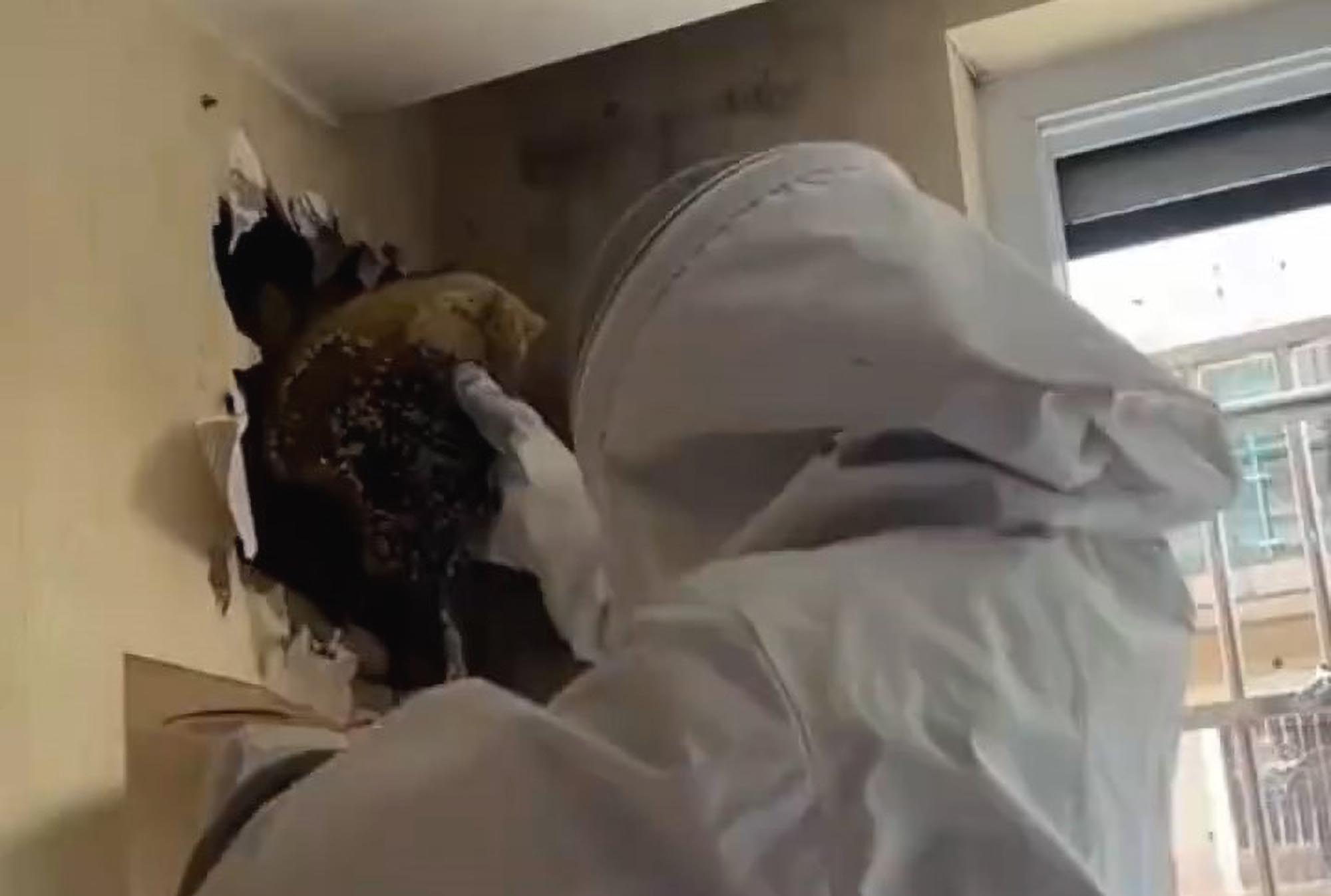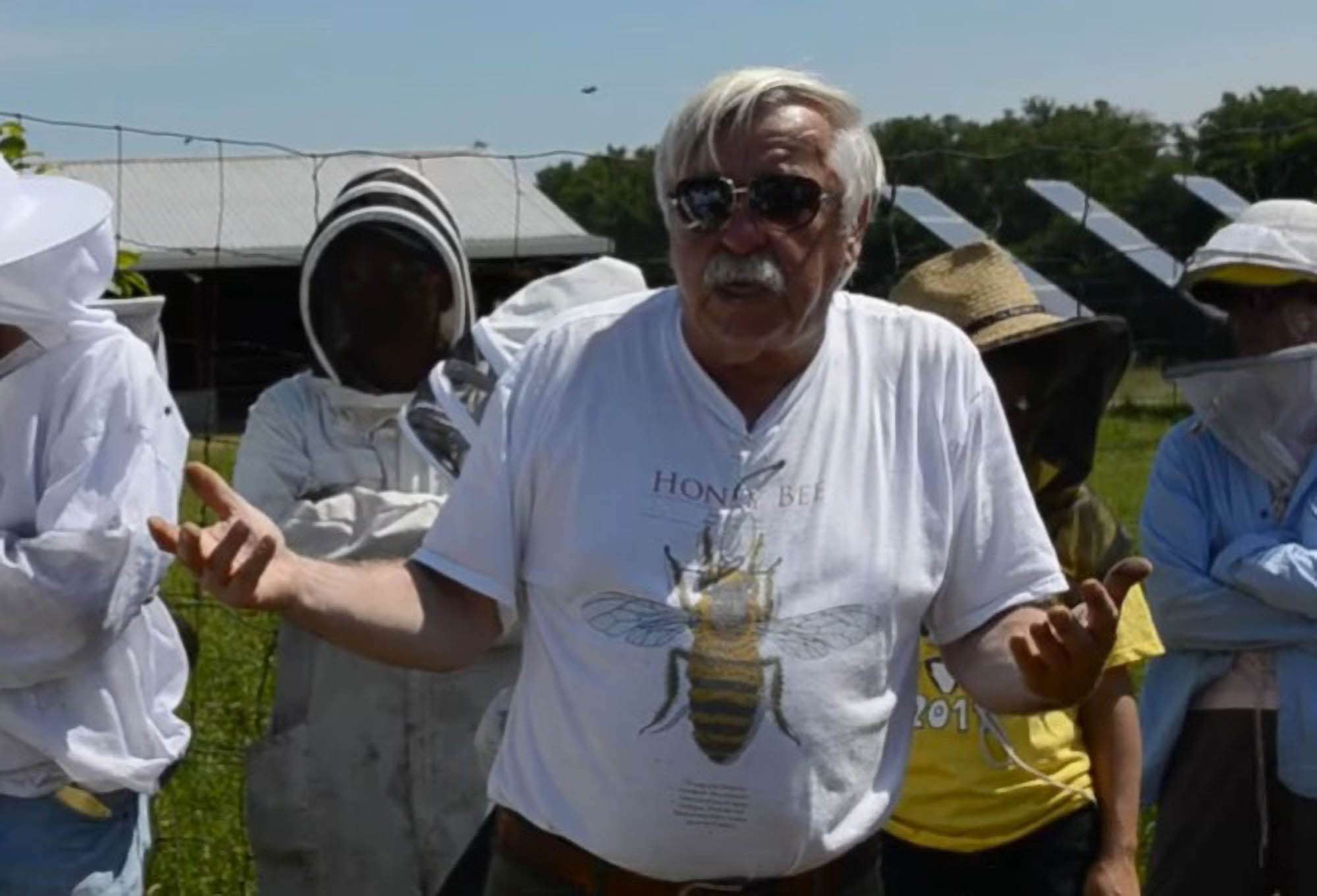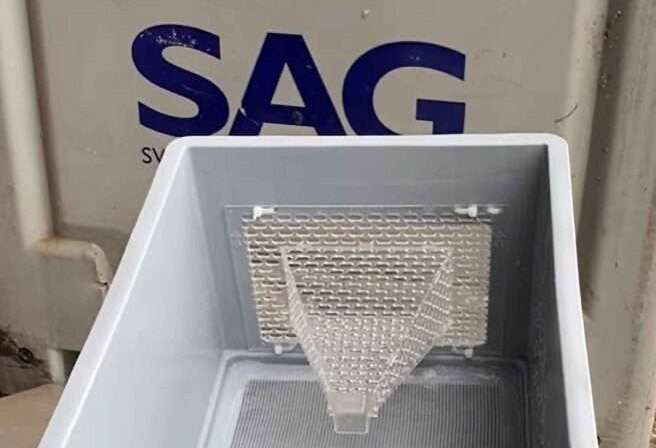Beekeepers in Switzerland have appealed to residents and businesses to support bees by letting plants and flowers blossom.
The Lucerne Beekeepers Union said homeowners and enterprises should leave measures untouched to ensure the continuation of bees’ pollinating activity.
The association added it expected this summer’s honey production to be lower than earnings during previous seasons.

This summer’s heatwave and a string of severe thunderstorms have made it very difficult for the local bees, according to the organisation.
One colony of bees – which consists of 20,000 to 50,000 bees – generally has the capacity to produce up to 25 kilograms of honey a year.
However, Lucerne beekeepers expect the amount of honey produced by bees in the region to range around just 10 kilos per colony.
The Beekeepers Union stressed that the fight against the varroa mite must have utmost priority in the coming years.
The varroa destructor (varroa mite) is a parasitic mite that attacks and feeds on honey bees.
It reproduces by attaching to the body of the bee. The insect gets weaker as the mite sucks its fat-storage cells.
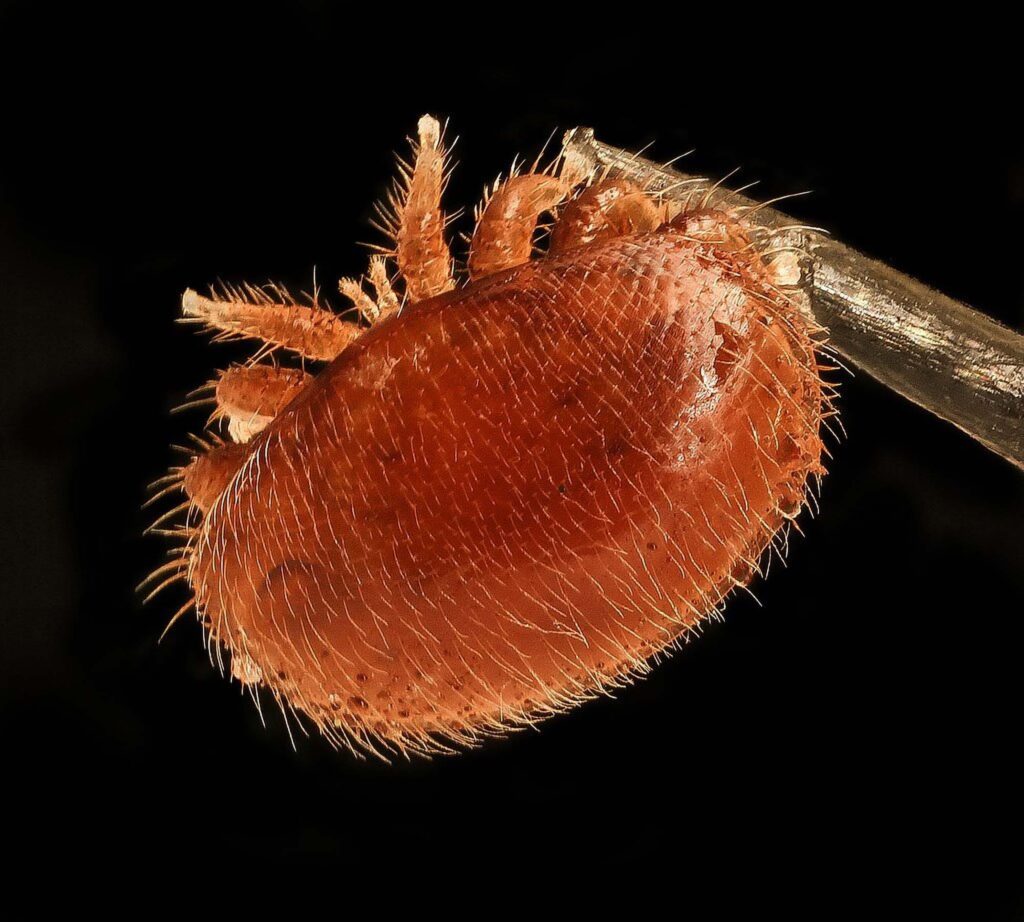
A significant mite infestation leads to the death of a honey bee colony.
Prof Dr Robert Paxton is a zoologist at Martin Luther University in Halle, Germany.
He called the latest variant of the Deformed Wing Virus – which is spread by varroa mites – the “biggest threat to honey bees right now.”
Apart from the varroa mite, excessive usage of insecticides and construction projects are widely regarded as the biggest threats to the existence of honey bees.
There are around 17,500 beekeepers in Switzerland, according to the Swiss research institution Agroscope.
Agroscope also found that each of them manages around 10 colonies.

